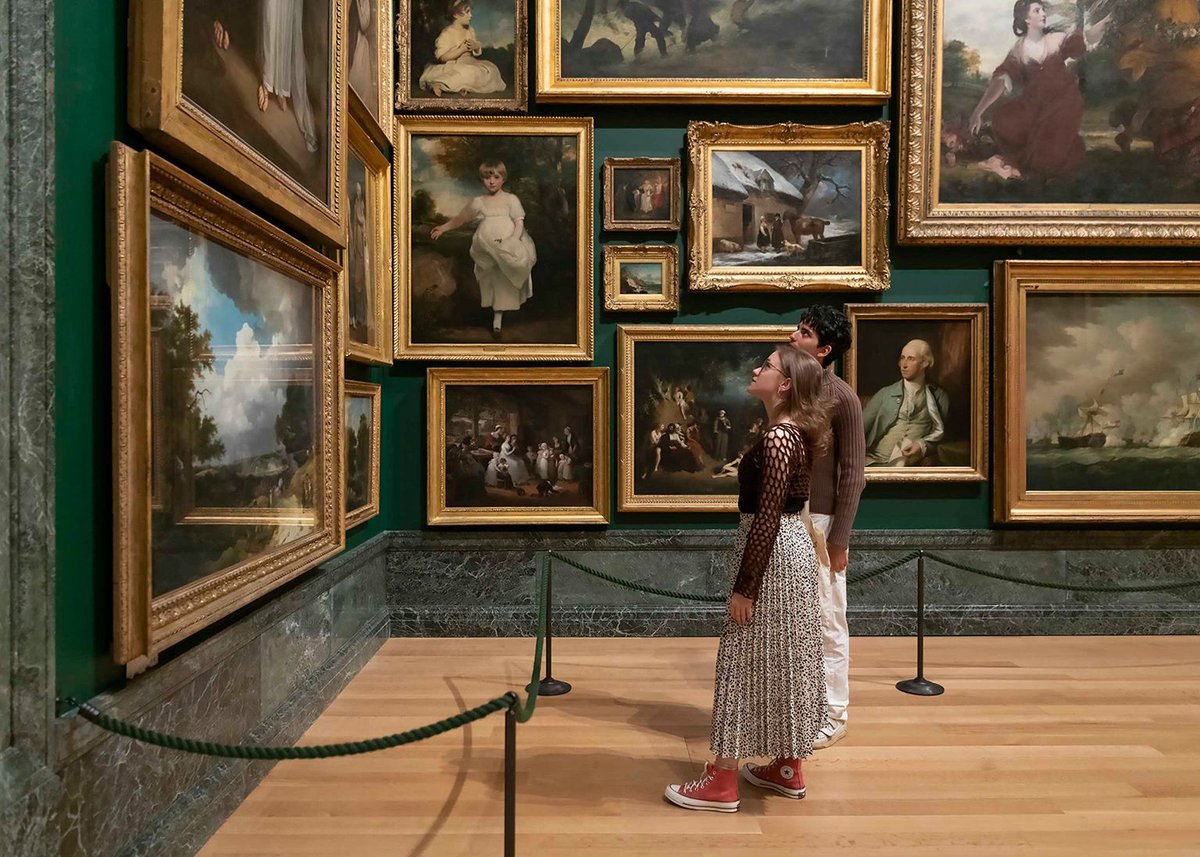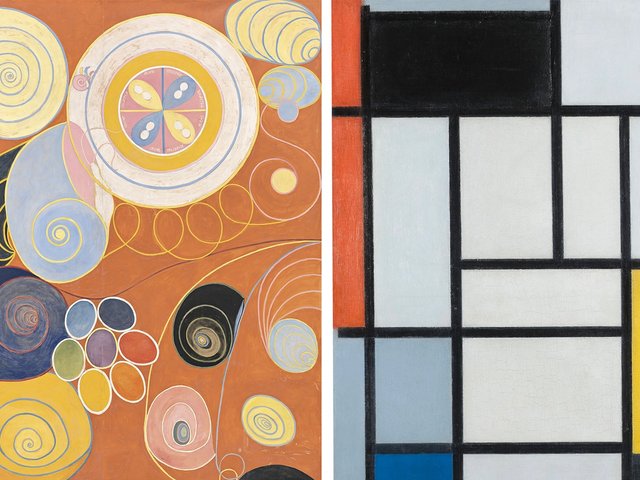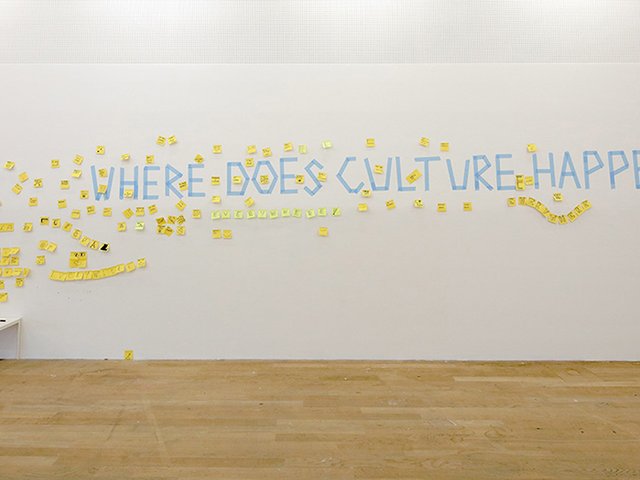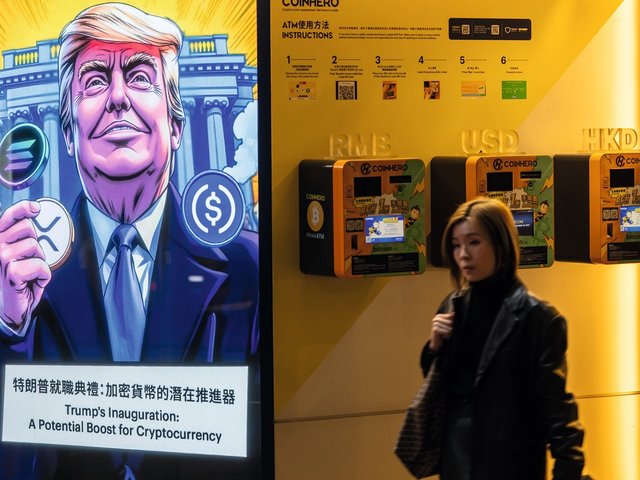I would like to share some comments about the Whitney Biennial. “If the Whitney was so intent on mounting a show that confronted social and political issues, why didn’t it present a survey of political cartoons?” said the review in The New York Times. According to Time magazine, the exhibition is “a saturnalia of political correctness, a long-winded immersion course in marginality—the only cultural condition, as far as its reborn curators are concerned, that matters…”. In Harper’s magazine, a critic wrote: “At the Whitney this year, art’s socially conscious turn attempted to claim every gesture as a kind of resistance or critique.”
All three seem to agree that, to paraphrase the standfirst of the Harper’s article, politics is destroying contemporary art. Except that while that essay, “The Painted Protest” by Dean Kissick, addressed 2024’s biennial, the first two, by Michael Kimmelman for The New York Times and Robert Hughes for Time, are reviews of the Whitney Biennial in 1993. A cycle repeats itself.
Kissick opines that the recent dominance of identity politics in contemporary art is accompanied by formal conservatism and a yearning for the past. Yet his criticism, in echoing established tradition, falls into the traps he detects in art. He is not alone. In The Spectator magazine in November, J.J. Charlesworth suggested that Tate’s financial problems, with fewer visitors to its London galleries post-pandemic, are due to its obsession with “progressive ideological fashions” and, at Tate Britain, a historical narrative privileging social justice. In that vision, he claims, “mediocre” paintings reflecting the position of people of colour in historical British society are displayed at the expense of works like Stanley Spencer’s The Resurrection, Cookham (1924-27), which reinforces stereotypes in its depictions of Black people.
Glossing over the facts
Both Kissick and Charlesworth never let facts obstruct a good polemic. “The Painted Protest” is full of arbitrary timelines and turning points. Kissick describes a nebulous halcyon era for contemporary art that coincides with his 20s, a period to which he attributes a particular “urgency”. He nods to certain admired tendencies (particularly relational aesthetics) but makes no sustained argument for specific works that exemplify exactly what has been lost amid the greater prominence of artists from more diverse backgrounds. He ignores exhibitions that counter his assertion of the blanket obsession with identity politics, the 2019 and 2022 Venice Biennales most notably.
Charlesworth, meanwhile, contorts his beef about Tate’s programming around dubious statistics. He attaches false significance to Tate’s figures, which were consistent with most other UK art museums. He attributes the dominance of social histories at Tate Britain to its second director, Penelope Curtis, when its first, Stephen Deuchar, also met resistance to social and political intellectual framing from critics yet oversaw a rise in figures in the late 2000s. The Spencer, for example, has been by turns on view and in store for decades, depending on Tate’s evolving collection displays.
In the current climate, I would argue there are few more urgent subjects for art than identity and contemporary politics, just as was the case when the Whitney staged its groundbreaking biennial in 1993. Crucially, more equitable and diverse contemporary programming is not only just, but has provided some of the most profound art experiences of my lifetime, including at Tate Britain and Tate Modern. Bad art abounds, some curators overstretch themes, wall texts are often clunky—it was ever thus. And Tate undoubtedly has problems to solve. But the idea that we have reached an existential moment for contemporary art and museums tells us more about Kissick and Charlesworth’s peculiar biases than anything else.





